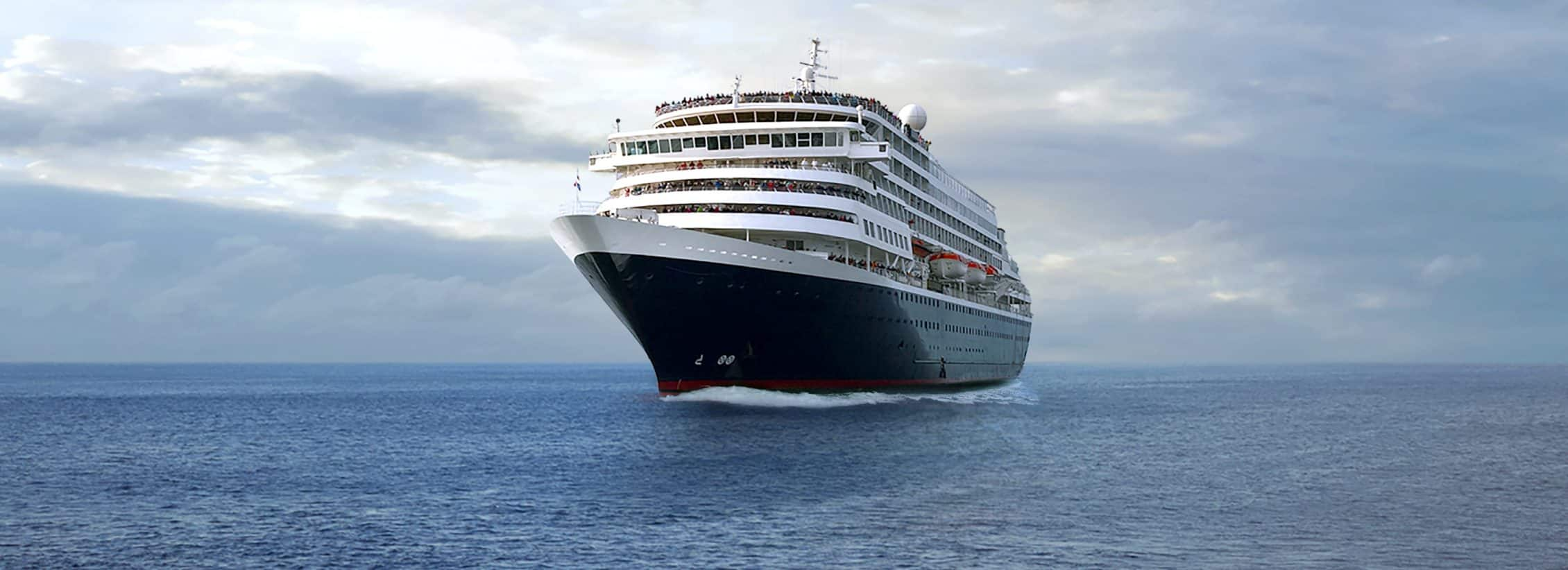"And suddenly there is Cagliari: a naked town rising steep, steep, golden-looking, piled naked to the sky," wrote D.H. Lawrence in 1921 when he traveled to Sardinia. Nearly 100 years later, the city that made the writer "think of Jerusalem" is just as impressive, sitting between a blue sea and an azure sky. According to Greek mythology, "Caralis" was founded by Aristeus, son of Apollo, though historians date it to the 8th century B.C.E., when the Phoenicians established a trading port here. Sardinia's capital was later fought over by Carthaginians, Romans, Pisans, Spanish and Piedmontese—all of whom shaped its development.
Most sights are in Castello, the old town that climbs the hill behind Saint Remy's rampart. It's a rough grid of narrow streets and small squares with breathtaking views of sea, city and mountains. And while the old stones of Castello reflect millennia of history, Cagliari also has natural riches, with white beaches and flamingo-dotted blue lagoons nearby.
Sardinia has one UNESCO-listed site: a megalithic nuraghe complex 60 kilometers north of Cagliari (though some would argue that the town’s Roman amphitheater and Tuvixeddu necropolis could also be candidates for UNESCO recognition). Whether you are a history buff or drawn more to culinary or natural wonders, you’ll find much to delight in this lively, fascinating city.

Cagliari, Sardinia, Italy
Featured Shore Excursions

Cagliari Private Touring - Half Day (Car) Driver Only

Cagliari Private Touring - Full Day (Car) Driver Only

Cagliari Private Touring - Half Day (Minivan) Driver Only

Cagliari Private Touring - Full Day (Minivan) Driver Only